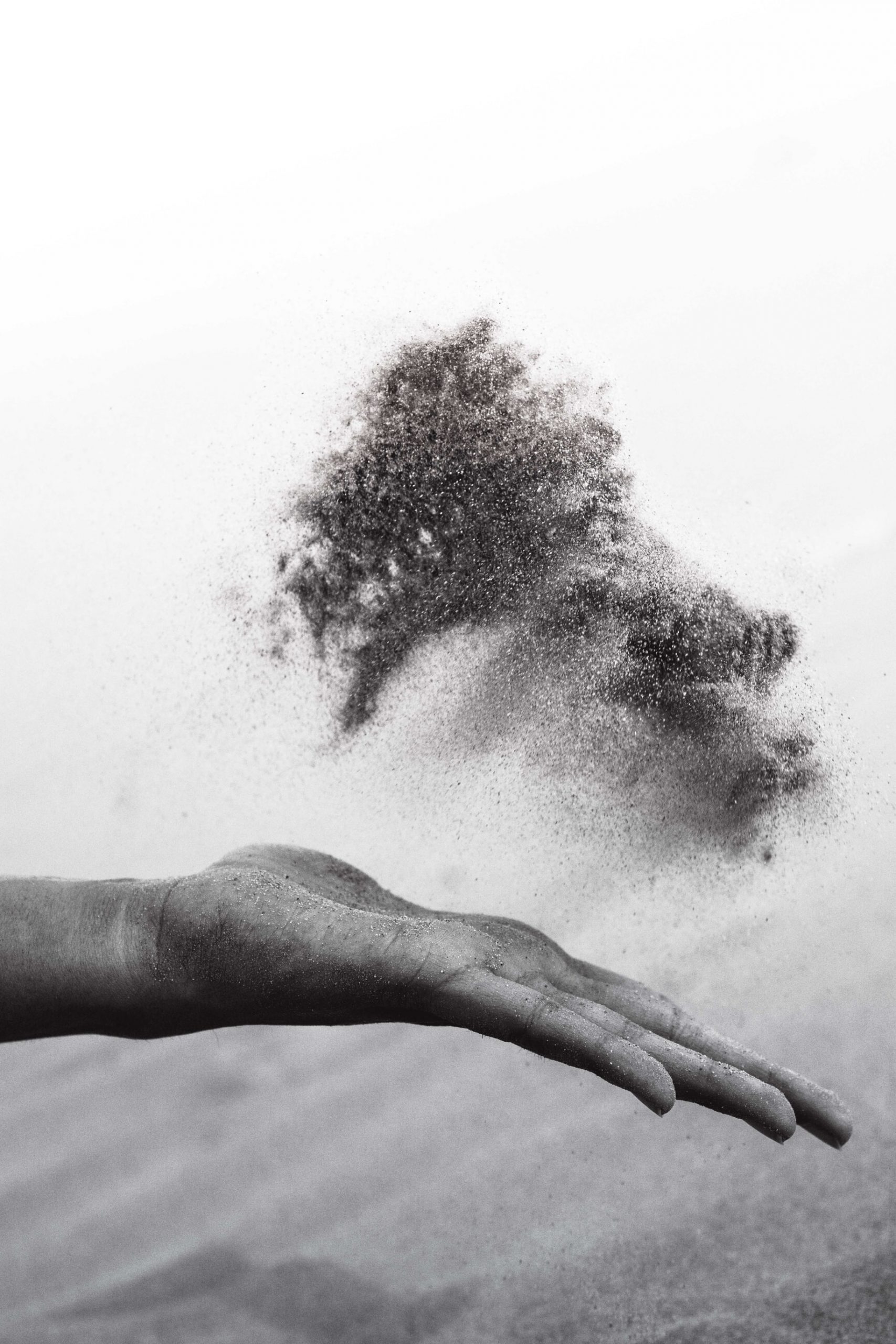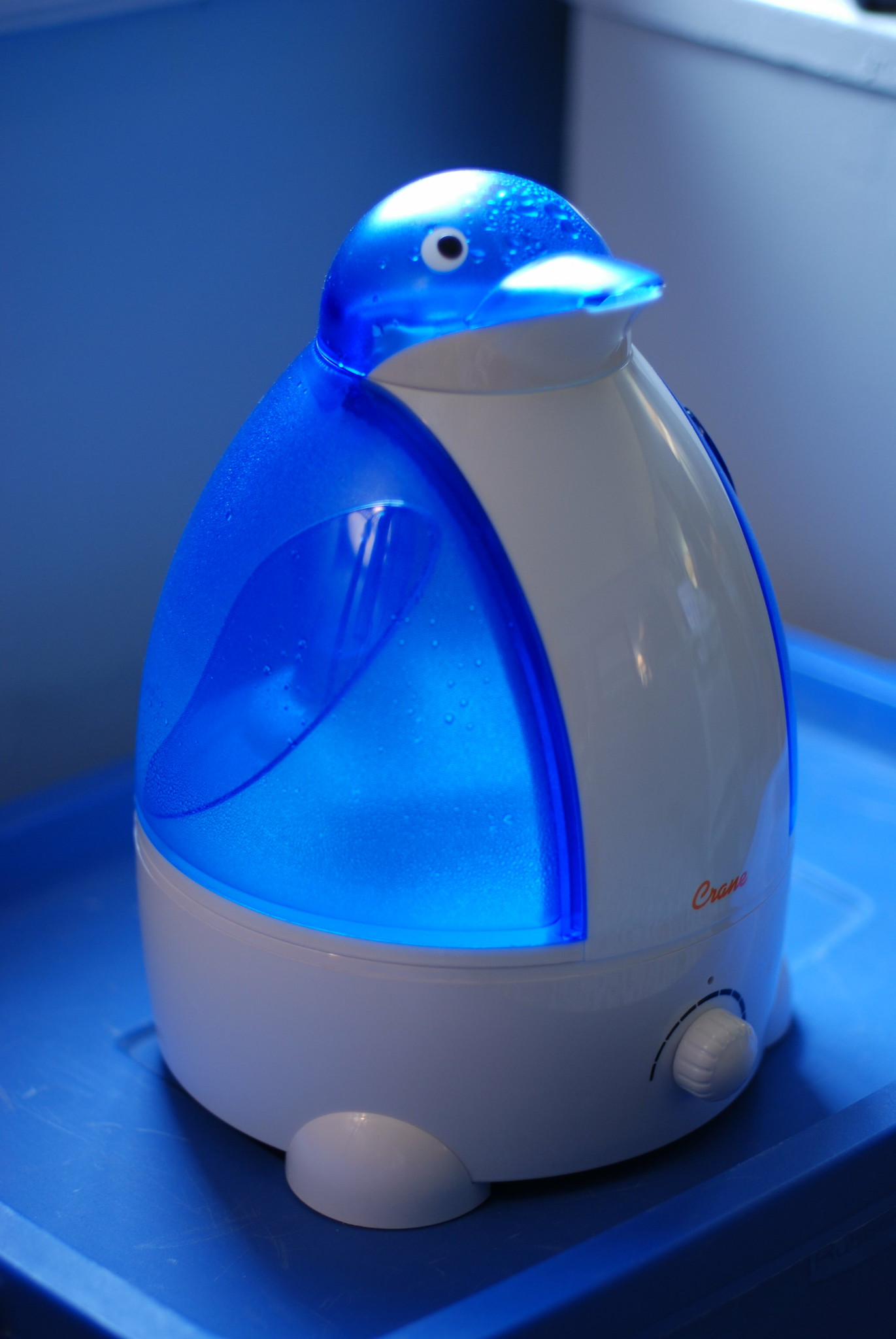Living in dusty conditions can have a number of adverse health effects including dry skin and breathing problems.
Common household dusting will never go away. But living with the amount of dust in the air can be minimized.
Sometimes that may mean filtering out the dust before it has a chance to land.
And sometimes that may mean adding weight to the dust so that it lands quickly and doesn’t remain in the ambient or direct air that you are breathing.
Sometimes it means using an air compressor or leaf blower and blowing it to the wind.
In most cases it’s probably a little of All the above.
Table of Contents
How to get rid of dust in the air?
Humidity
Humidity is a big factor when it comes to dust in your home.
That’s right.
Humidity is not the first thing you think of when you are trying to figure out a way to keep the dust in the air down.
But dry air facilitates dust including all the germs and bacteria that the dust floating through the air is carrying.
So much so, that the National Library of Medicine at PubMed has stated that:
“the majority of adverse health effects caused by relative humidity would be minimized by maintaining indoor levels between 40 and 60%”.
How does that correlate to the amount of dust in the air and minimizing it?
Because when the air is dryer, dust floats easily because it has nothing to weigh it down.
When the relative humidity is kept between 40 and 60%, there is enough moisture to adhere to the floating dust particles,
including viruses attached in the dust,
to weigh down the dust particles so that it becomes too heavy to float and fall out of the ambient air (the air that you breathe).
Dry Skin
Dry air not only creates an easy path for germs and allergens to travel, it also creates an atmosphere for dry skin.
The lack of moisture in the air actually creates a vacuum that pulls moisture from anywhere it can get it.
And one of those places just happens to be your skin.
The dust particles that land on your face are doing the exact same thing. Absorbing the moisture out of your skin and leaving you dried out and itchy.
So as funny as it may seem, the relative humidity is the first thing you want to check when your air quality is too dusty.
How can you know if the moisture level of your air is maintaining the optimal point? How do you check your relative humidity to make sure that it is on point?
A Hygrometer
A Hygrometer is a device that measures the humidity much the same way a thermometer measures the temperature.
And once you’ve found that the moisture level in your air has dipped below the point needed using a hygrometer,
You will need a way to correct the problem.
Humidifier
A Humidifier is the machine that adds moisture to the air if you find that the relative humidity in your room space has lowered to the point that dust and dry air have become a problem.
Humidifiers are not a new ideal and have been around for a long time.
But as the knowledge of maintaining the proper humidity level has so much to do with staying healthy and maintaining healthy skin,
Humidifiers have become sophisticated devices that come complete with a hygrometer/humidistat function to measure and maintain your relative humidity.
They also come with much larger basins and many options to help them stay germ free longer.
Air purifiers
Of course, humidity or lack thereof is not the only reason your air may be dirty.
If for instance you live on a dirt road that is subject to dust being kicked up continually,
It is as simple as your environment.
An air purifier along with standard sweeping and vacuuming is going to do more to eliminate dust from your air at that point.
Most air purifiers work like a vacuum that pulls air through a series of filters that capture dust as well as other airborne particulates like pollen and mold spores.
Standard HEPA air purifiers are capable of filtering dust particles as small as .003 ppm. Any many air purifier manufacturers are selling purifiers with filters that are able to capture particles as small as .001 ppm
That’s pretty small.
Other air purifiers employ electronic technologies like negative ions and ultraviolet light.
Ionizers or negative ion generators use polarity to clump dust particles together so that they become too heavy to float and fall out of the air you breathe.
Similar to the effect that a humidifier has on the air as moisture helps clump and weigh down thus particles too.
Only with an ionizer, there is no moisture involved, only the production and release of ions.
It’s important though to realize that ionizers actually make your surfaces extra Dusty.
And some surfaces like TV screens and computer monitors will attract the magnetized dust particles faster than other surfaces.
That’s an important distinction to make when you’re looking for a way to get dust out of your air.
Because though the air that you are breathing will be cleaner with the use of an ionizer, the amount of dusting you do will probably increase.
Vacuuming
A great deal of dust in the air comes in the form of simple walking. Walking has a way of causing a whirlwind of dust to re-enter the airstream.
Frequent vacuuming can help keep dust out of the air more so than you may believe.
Other types of dust that come from machinery like sanders and table saws need to be vacuumed as it is produced in order to keep the level of dust from becoming a major ordeal.
Using compressed air to push the dust out of the air can work as long as there is a place for it to go. Like say a garage with a large door that the dust could be blown out of.
But dust that comes from construction like sanding wood or using a table saw will most always be better vacuumed with a shop VAC as it is being produced rather than blown with an air compressor.
The amount of dust created during a wood project can be pretty hard to displace by just blowing it.
Recap
Getting rid of dust in the air can be as simple as adding humidity back into the air with a humidifier.
Dusty air, a great deal of the time is due to a drop in the relative humidity.
By adding moisture back to the air with the humidifier, the dust in the air will absorb moisture and become too heavy to float and fall out of the air you breathe.
Other types of dusty air are environmental and can come from things like living next to a dirt road or a wind storm blowing through.
This type of dust can be rectified by using an air purifier that pulls air through a series of filters as a means of cleaning the air.
Other types of air purifiers like ionizers, though will clear the ambient air that you breathe, they will also leave your surfaces dustier. And create more of an opportunity to kick the dust back into the air.
And other types of Dusty air that are created using machinery are most always best resolved by attaching a shop VAC to the machinery that you are using to capture the dust as it is being created.








